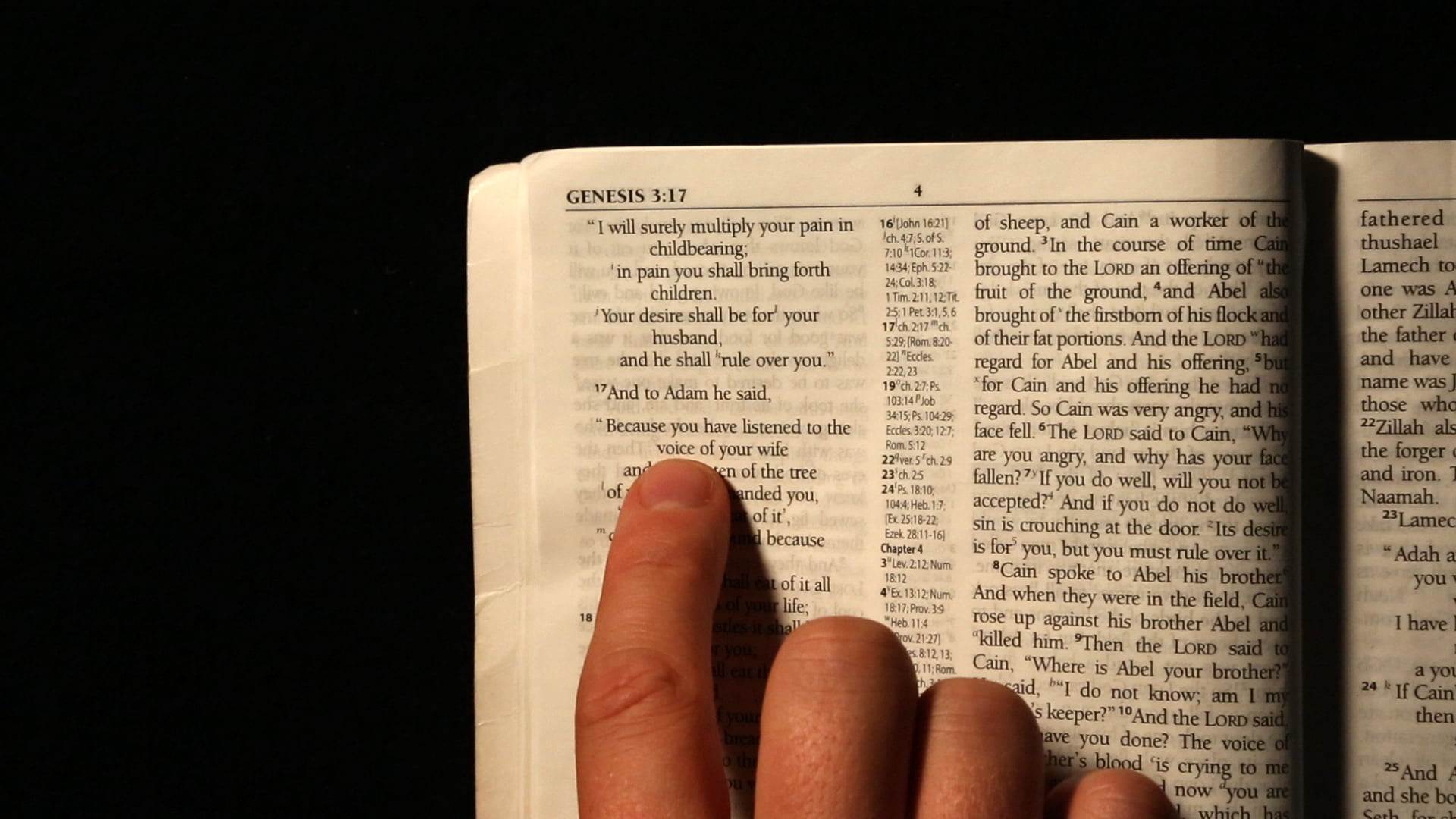Erik Bünger
Erik Bünger
Born Växjö, Sweden 1976
Lives and works Berlin
Erik Bünger is an artist, composer and writer who re-contextualises existing media in his lecture-performances, installations and web projects. His work revolves around the human voice and its contradictory relationship to the body, language, music and technology.
Bünger’s recent performance lecture, The Girl Who Never Was, is derived from the 2008 rediscovery by an American researcher of the lost traces of the first ever recorded voice: the 148-old voice of a little girl singing the French lullaby ‘Au clair de la lune’. One year later another researcher experiments with the playback speed and discovers that the fragment actually contains the voice of a full-grown man. This exact same lullaby is sung by the dying computer HAL 9000 in the French version of Stanley Kubrick’s 2001 A Space Odyssey. His voice also performs precisely the same glissando as the voice of the non-existent girl: a high-strung, insistent voice is gradually slowed down into a deep, sleepy and harmless one. Bünger’s lecture performance takes us on a winding trip through history. A history where the voice of a child echoes forwards and backwards through time, retroactively changing history and changing the present from the vantage point of the past. The more we try to shut her voice out, the more persistent her song becomes.
Bünger’s performance pieces, installations and videos have been shown, among others, at the Loop Festival, Barcelona; Images Festival, Toronto; The Lincoln Centre, New York; Queen Elisabeth Hall, London; Perth Institute for Contemporary Art, Perth; HMKV, Dortmund; Tensta Konsthall, Stockholm; Transmediale, Berlin; and the Werkleitz Biennal, Halle. He is also the creator of Let Them Sing It For You, a web art project that has reached over six-million users.Erik Bünger
Born Växjö, Sweden 1976
Lives and works Berlin
Erik Bünger is an artist, composer and writer who re-contextualises existing media in his lecture-performances, installations and web projects. His work revolves around the human voice and its contradictory relationship to the body, language, music and technology.
Bünger’s recent performance lecture, The Girl Who Never Was, is derived from the 2008 rediscovery by an American researcher of the lost traces of the first ever recorded voice: the 148-old voice of a little girl singing the French lullaby ‘Au clair de la lune’. One year later another researcher experiments with the playback speed and discovers that the fragment actually contains the voice of a full-grown man. This exact same lullaby is sung by the dying computer HAL 9000 in the French version of Stanley Kubrick’s 2001 A Space Odyssey. His voice also performs precisely the same glissando as the voice of the non-existent girl: a high-strung, insistent voice is gradually slowed down into a deep, sleepy and harmless one. Bünger’s lecture performance takes us on a winding trip through history. A history where the voice of a child echoes forwards and backwards through time, retroactively changing history and changing the present from the vantage point of the past. The more we try to shut her voice out, the more persistent her song becomes.
Bünger’s performance pieces, installations and videos have been shown, among others, at the Loop Festival, Barcelona; Images Festival, Toronto; The Lincoln Centre, New York; Queen Elisabeth Hall, London; Perth Institute for Contemporary Art, Perth; HMKV, Dortmund; Tensta Konsthall, Stockholm; Transmediale, Berlin; and the Werkleitz Biennal, Halle. He is also the creator of Let Them Sing It For You, a web art project that has reached over six-million users.


